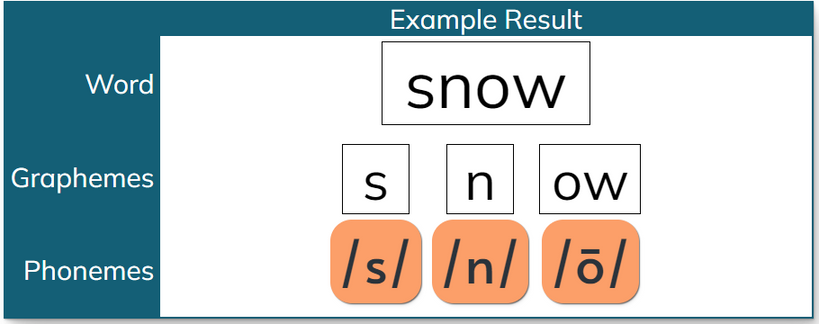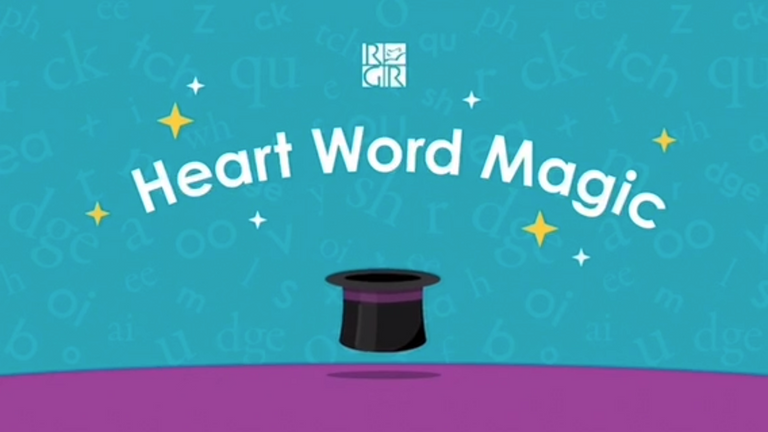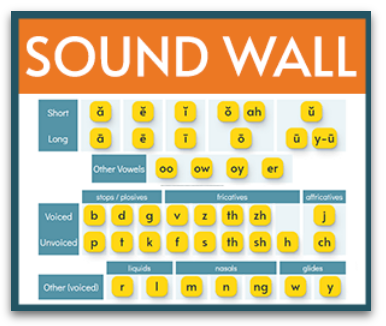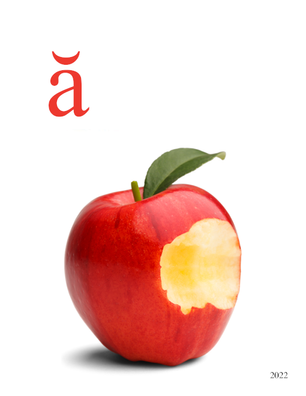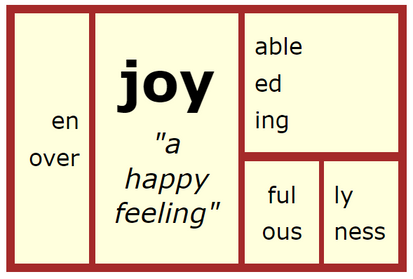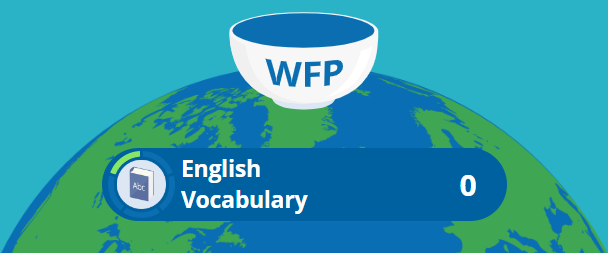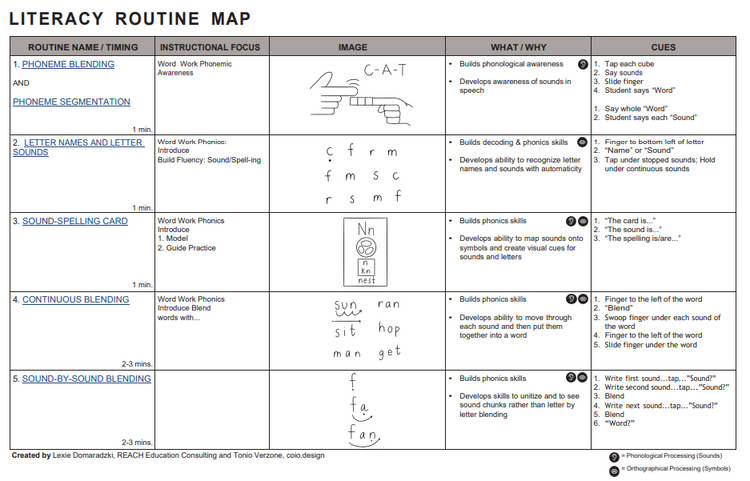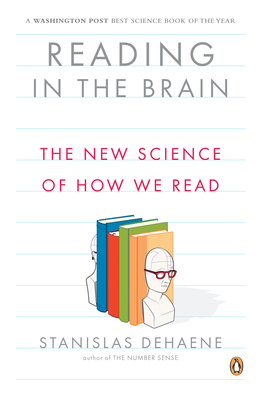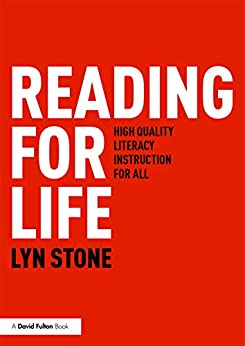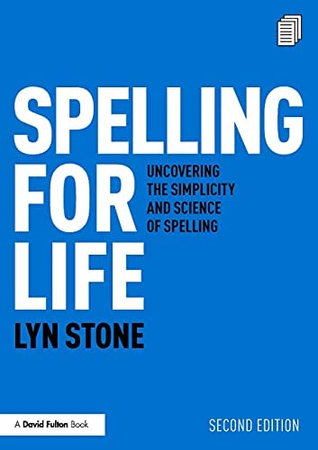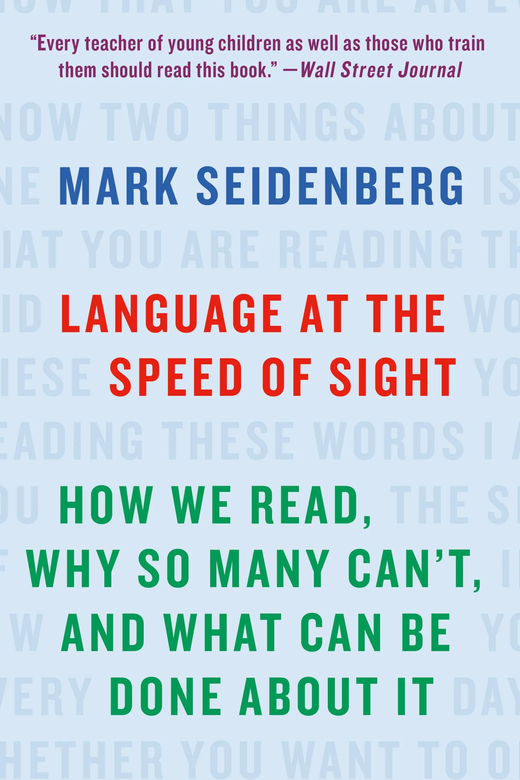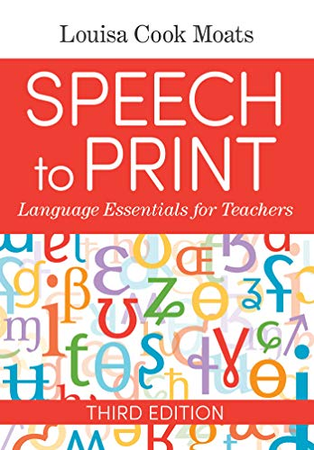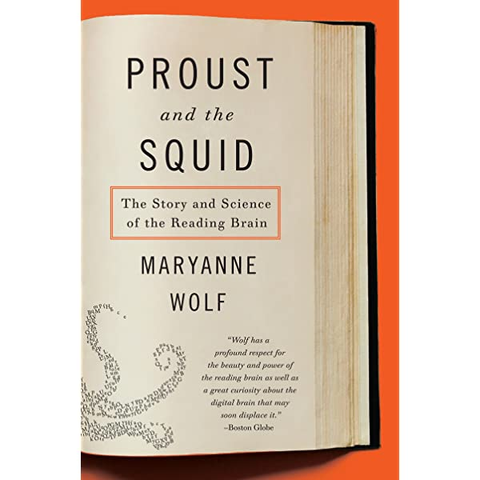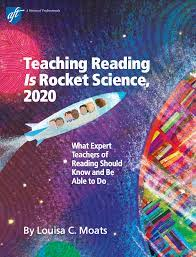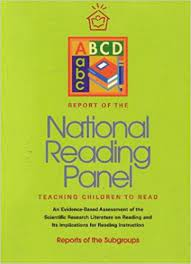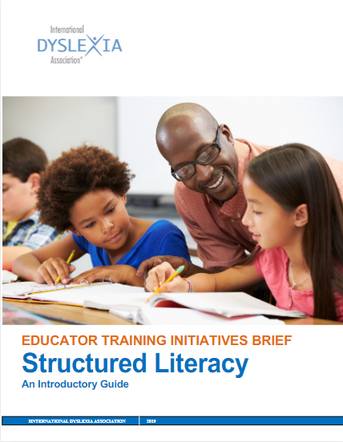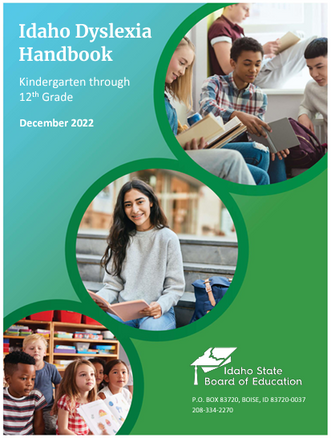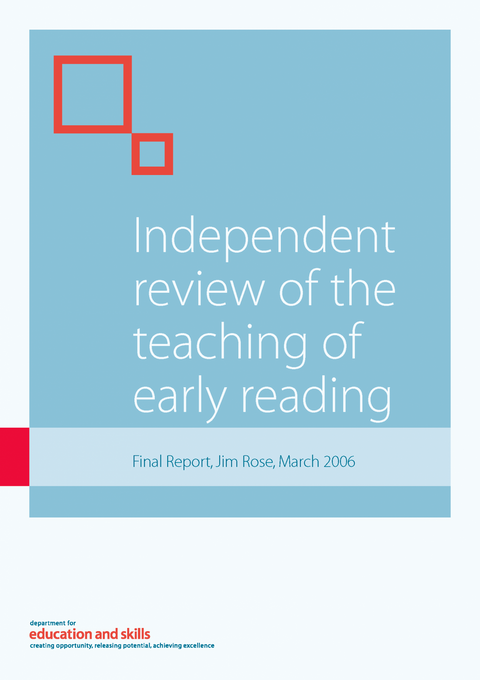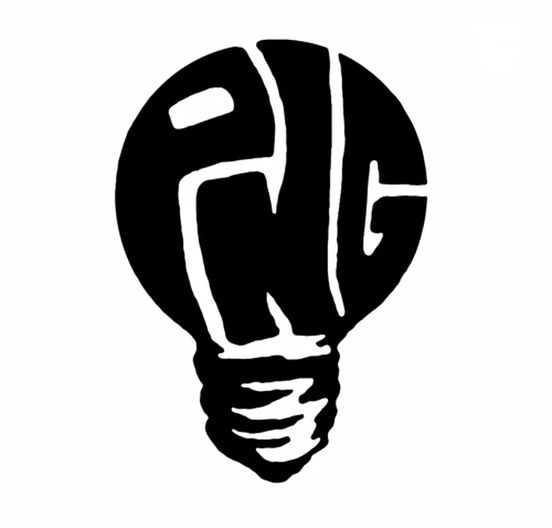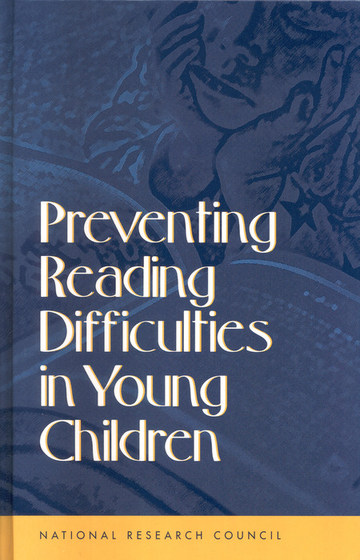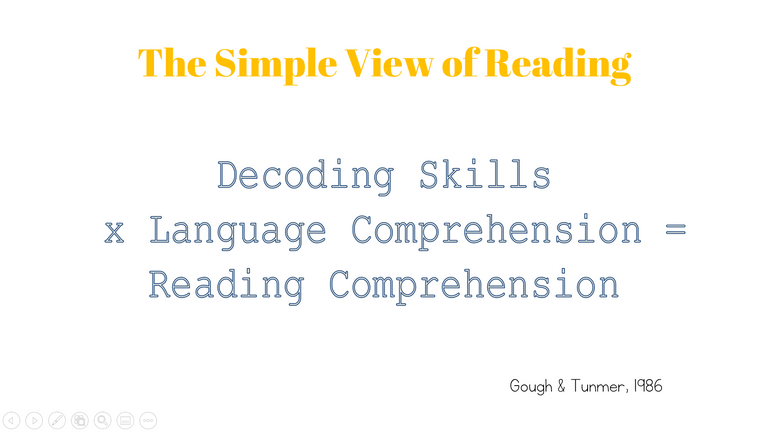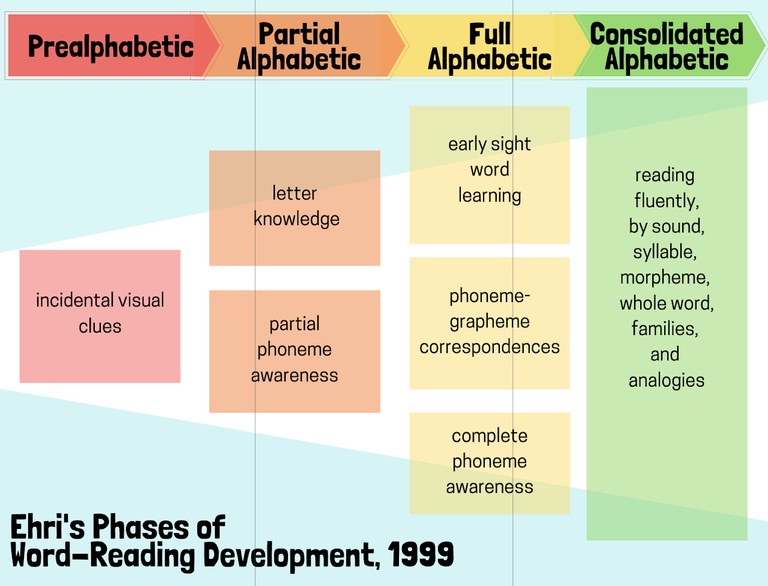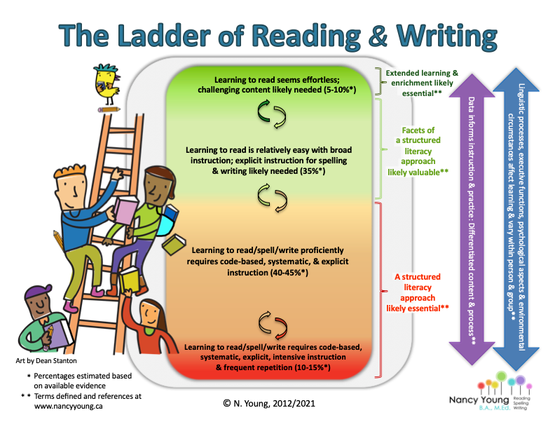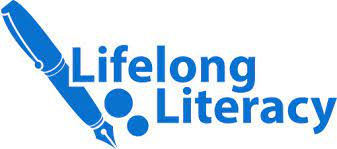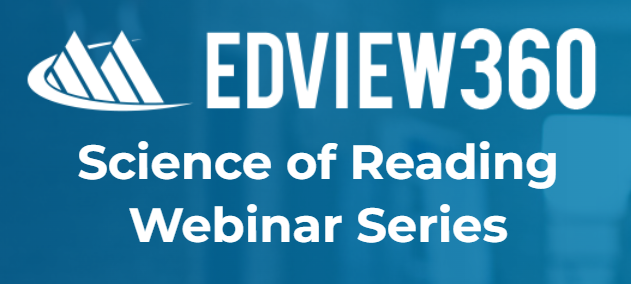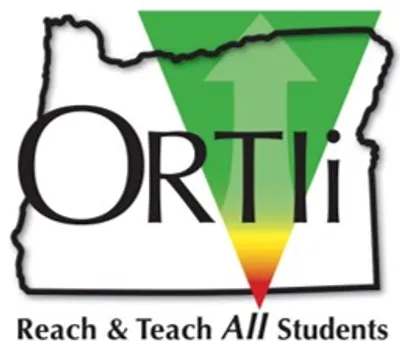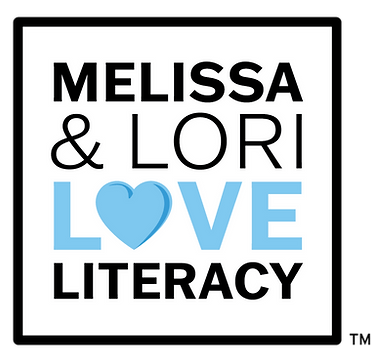Books
“Mental conversion into sound plays an essential role when we read a word for the first time...” p.27
“The two reading routes do indeed correspond to two distinct networks of brain areas… separate networks are dedicated to sound and meaning” p.107
“We did not invent most of our letter shapes: they lay dormant in our brains for millions of years, and were merely rediscovered when our species invented writing and the alphabet.” p.139
“Everywhere on the planet, they appear to have settled on characters whose shapes resemble those found in the environment- and are thus easily represented by our brains.” p.178
“When children learn to read, they return from school ‘literally changed.’ Their brains will never be the same again.” p. 210
“...these areas, sprinkled with badly positioned neurons, cannot function optimally and cause the subtle phonological and visual deficits associated with full-blown dyslexia.” p.250
“...if I can’t figure out the difference between phonemes b and d, it will take me longer to figure out that the mirror shapes ‘b’ and ‘d’ refer to distinct letters.” p.295
“At birth, infants already possess, albeit implicitly, some knowledge of phonemes. It is only after explicit learning of the alphabet that this buried knowledge is consciously extracted and becomes full-fledged phonemic awareness” p.323
“Structured literacy, delivered effectively, equips teachers to teach reading and adequate writing to all their students. It is a no-fail approach.” p. 7
“...the majority of beginners need explicit teaching as a baseline for further learning." p. 19
"The approach that gives the majority of children this independence is one which systematically emphasises the coded structure of words and the correspondences that the letters on the page have to the sounds of the spoken language." p. 36
"There is a myth that English spelling is unnecessarily complex, and it is spread by those who don't understand the writing system." back cover
"Teaching spelling is not so much to do with being able to explain all the rules and have all the reasons for exceptions readily available, but it's about making the decision to construct spelling lessons that help students 'look under the bonnet' of our writing system." p. xxi
"Explicit instruction and conscious effort are the visible tip of the iceberg; statistical learning is the mass below the surface." p. 87
"Learning to read is a complex problem because multiple overlapping subskills develop at the same time." p. 104
"Reading is a task; the impairment is not in the task itself but in one or more of the capacities involved." p. 165
"Basic skills are difficult to acquire (mainly because of the partial and abstract way that writing systems represent spoken language) and thus the area where instruction matters most." p. 272
"We are not aware of how we are actually reading as we are doing it, and we are not aware of the mental events that allow reading to happen." p. 10
"An expert teacher will relate spoken to written language and explicitly teach how language works, layer by layer." p. 19
"Our ancestors’ invention could come about only because of the human brain’s extraordinary ability to make new connections among its existing structures, a process made possible by the brain’s ability to be shaped by experience. This plasticity at the heart of the brain’s design forms the basis for much of who we are, and who we might become.” p. 3
”Studying the development of early reading, therefore, allows us to peek into the underpinnings of our species’ accomplishment, beginning with the interrelated processes that prepared the child in the first five years and that expand in different, predictable ways over the rest of the development of reading.” p. 112
